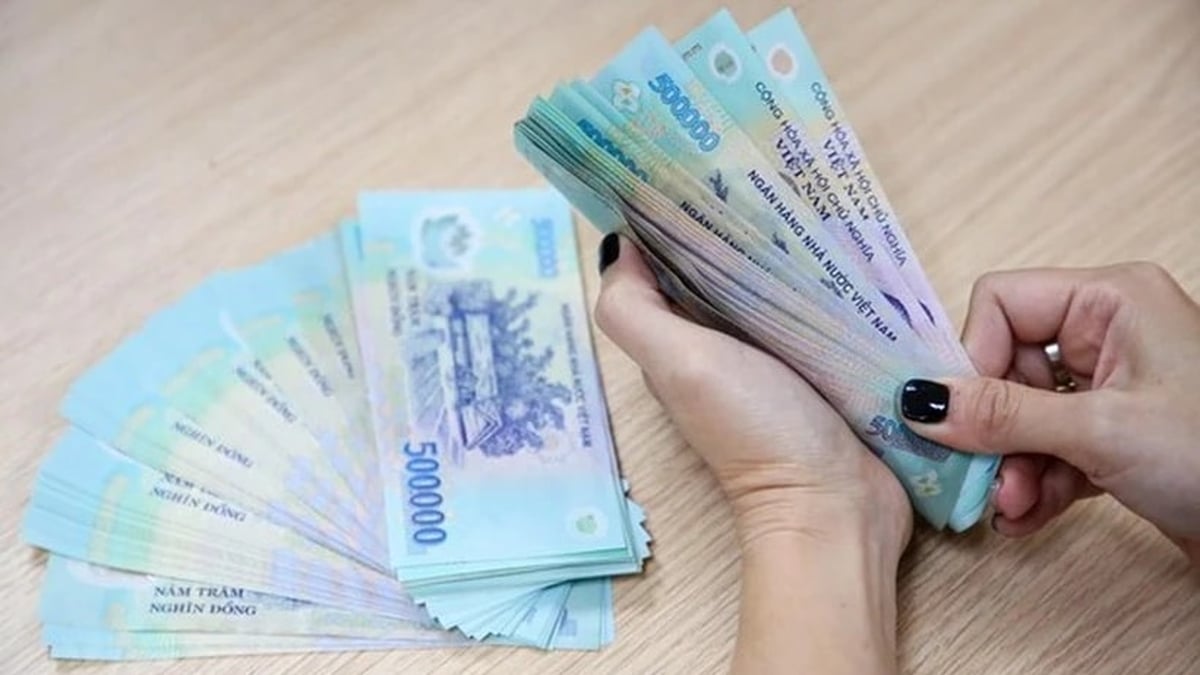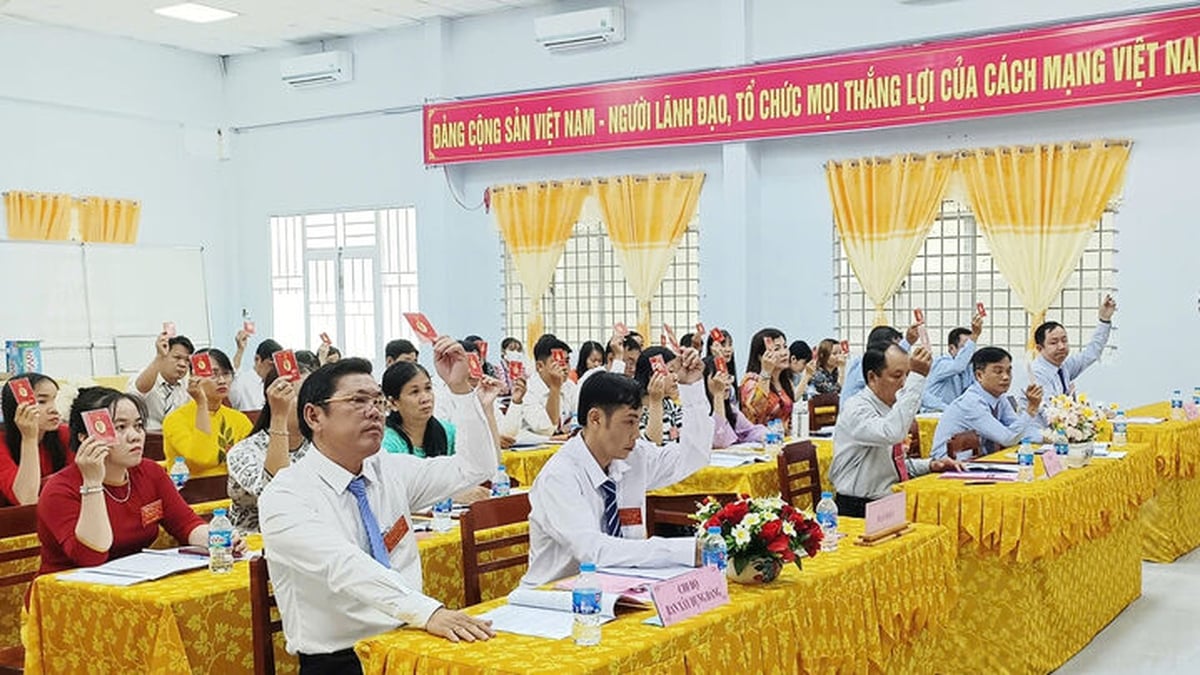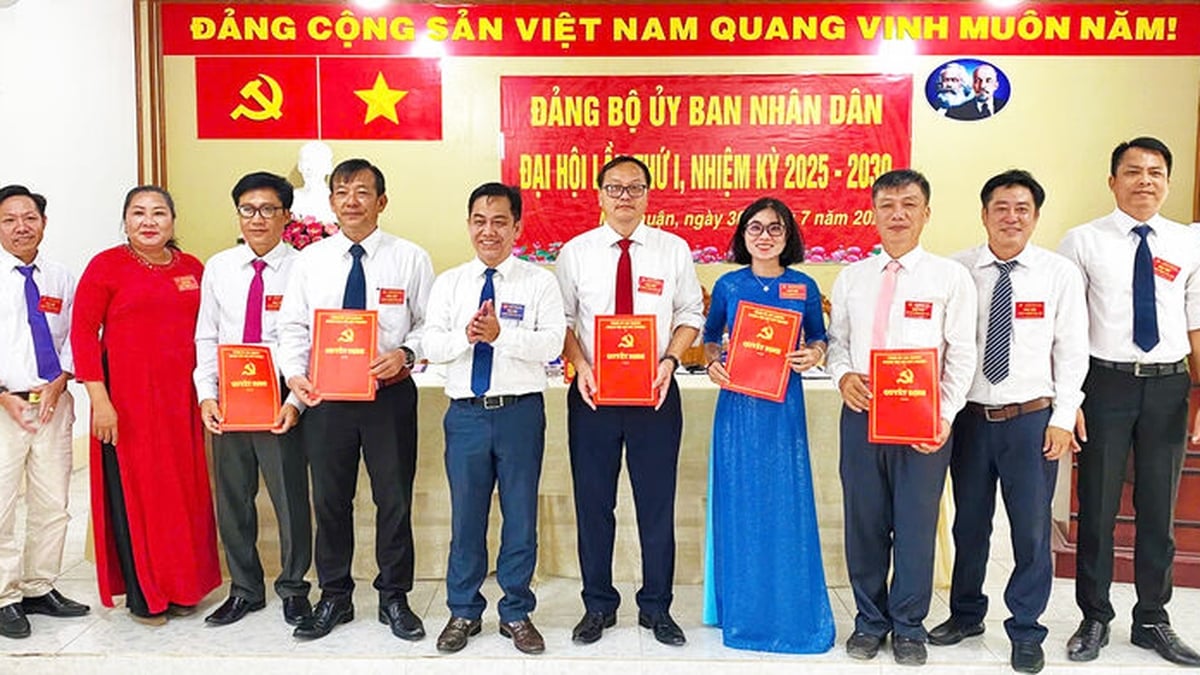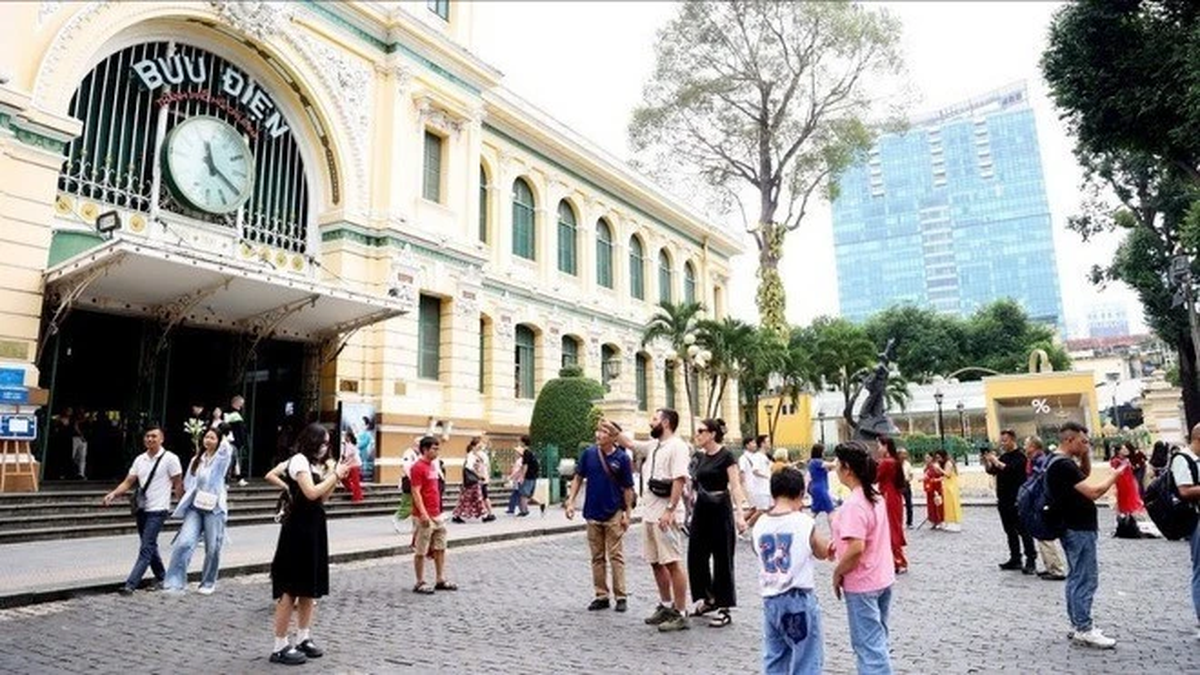Not only a policy from the Central Government, Resolution 68 is gradually being put into practice through clear action plans, specific growth figures and the determination to improve the investment environment of local authorities. Phu Tho , with its new look after the merger, is emerging as a “promised land” for private enterprises to develop.
Three regions, one common goal
On May 4, 2025, the Politburo issued Resolution No. 68-NQ/TW on continuing to strongly innovate mechanisms and policies, creating favorable conditions for the development of the private economy, affirming that this is "an important driving force of the socialist-oriented market economy". At that time, three localities: Phu Tho, Hoa Binh and Vinh Phuc urgently issued specific action plans to realize the resolution, with clear targets and a vision until 2045.
Phu Tho aims to have over 19,000 enterprises by 2030, with the private economic sector contributing about 62-65% of GRDP; by 2045, it strives to reach 30,000 enterprises, accounting for 67-70% of GRDP. The development direction is determined to build highly competitive private enterprises, deeply participate in the value chain, innovate technology, digital transformation and green development.
Legacy Hill Resort & Villa is a typical highlight for the model of green tourism development and high-end real estate in the locality.
For Hoa Binh, the action plan sets a target of having 7,500 private enterprises by 2030, contributing over 55% of GRDP; by 2045, reaching 11,300 enterprises, contributing over 60% of GRDP, with the expectation of forming strong enterprises in the fields of high-tech agriculture, eco-tourism and sustainable mineral processing.
With an early industrial development foundation, Vinh Phuc sets a goal: By 2030, there will be about 20,000 private enterprises, 80,000 individual business households, the private sector will contribute about 35% of GRDP; by 2045, there will be 50,000 enterprises, accounting for 45% of GRDP, developing into a private economic zone with a strong brand in the Northern region.
The common point in all three plans is the spirit of strong transformation from “encouraging” to “concretizing with targets, actions and roadmaps”. Each locality clearly identifies priority sectors, business development targets, GRDP proportion, as well as support solutions - digital transformation, institutional improvement, high-quality human resource development... creating a solid foundation so that when merged into a province, policies can be integrated, synchronized and upgraded on a larger scale.
Business flourishes, economy accelerates
If the action plans show a consensus on direction, the figures for the first 6 months of 2025 prove that this is gradually taking shape in practice. According to the General Statistics Office, after the merger, Phu Tho's economy recorded a GRDP growth rate of 10.09%, ranking 9th in the country. Of which, the industrial - construction sector increased by 15.32%, and services increased by 8.2%, showing a strong recovery of the economy after the period of adjusting the apparatus and administrative boundaries.
Notably, the number of start-up businesses has grown beyond expectations. 1,878 new businesses were established, up 32% over the same period last year. An additional 818 businesses returned to operation, bringing the total newly registered capital of the province to more than 17,400 billion VND. This is not only a positive sign of confidence in the investment environment but also an indication that policies are being put into practice.
According to Mr. Ha Trung Nguyen - Permanent Vice President of the Association of Enterprises of the former Hoa Binh region, Resolution 68 is like a breath of fresh air blowing into the private sector, but for the sails to be truly full of wind, there needs to be solid "support" from administrative procedure reform, support for access to capital and improving the quality of local labor. "We are waiting for a unified, synchronous policy across the new province - something that the Provincial People's Committee is urgently building," he said.
In fact, each region has shown different signs of breakthrough. According to the Office of the People's Committee of Phu Tho province, Vinh Phuc region continues to maintain its advantage in attracting foreign direct investment (FDI) with more than 410 million USD in 6 months, accounting for nearly 90% of the province's total FDI capital after the merger (469 million USD). Phu Tho attracted 56 million USD, while Hoa Binh, although still modest (2.7 million USD), has strengths in domestic investment (DDI), with a total registered capital of up to 38,006 billion VND, thanks to large projects in eco-tourism, resorts, and green industry.
Projects such as the Serena Resort expansion in Kim Boi, the new urban area in Viet Tri, or the supporting industrial parks in Binh Xuyen, Phuc Yen... not only create large investment capital flows but also open up expectations for jobs, accompanying services and increasing the local value chain. This is consistent with the previous orientation of all three localities: not to develop the private economy at all costs but to go into depth, with control, associated with improving labor productivity and transforming the growth model.
Although the initial results are remarkable, Phu Tho still has much to do to make the private economy truly “an important driving force” as Resolution 68 expects. The disparity between regions in terms of enterprise size, infrastructure quality and competitiveness remains a major barrier. While Vinh Phuc has a fairly complete industrial ecosystem, many areas of the former Hoa Binh still lack production space, logistics infrastructure, and especially high-quality technical human resources.
Furthermore, after the merger, the three economic zones with three different systems of policies, procedures and incentives are posing challenges in establishing a synchronous, transparent and consistent investment environment. Many businesses said they are still “confused” when accessing support information, investment incentive policies or land use planning.
From there, the construction of a unified action plan for the new Phu Tho province was urgently implemented by the Provincial People's Committee in July 2025, based on Resolution No. 202/2025/QH15 of the National Assembly on the organization of local governments after the merger. This plan will be the basis for integrating development indicators, allocating resources, improving administrative procedures, and at the same time eliminating "invisible barriers" between the three old regions.
Phu Tho in its new look has room, motivation and great expectations to make a breakthrough. However, for the private economy to truly become a pillar, the most important thing is that commitments must be specified in each policy and each process that is resolved for businesses.
Nguyen Yen
Source: https://baophutho.vn/kich-hoat-dong-luc-kinh-te-tu-nhan-236332.htm






































































































Comment (0)